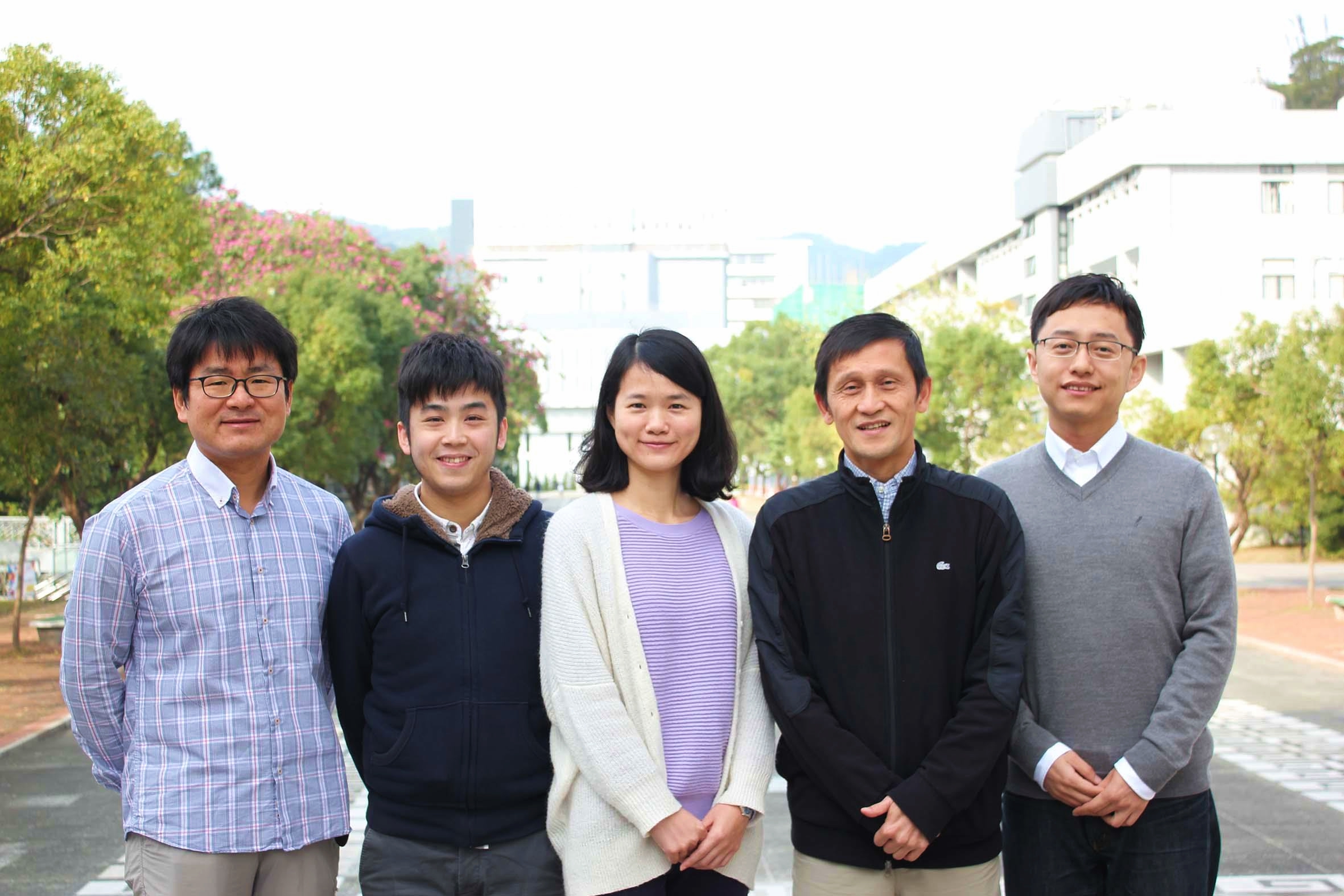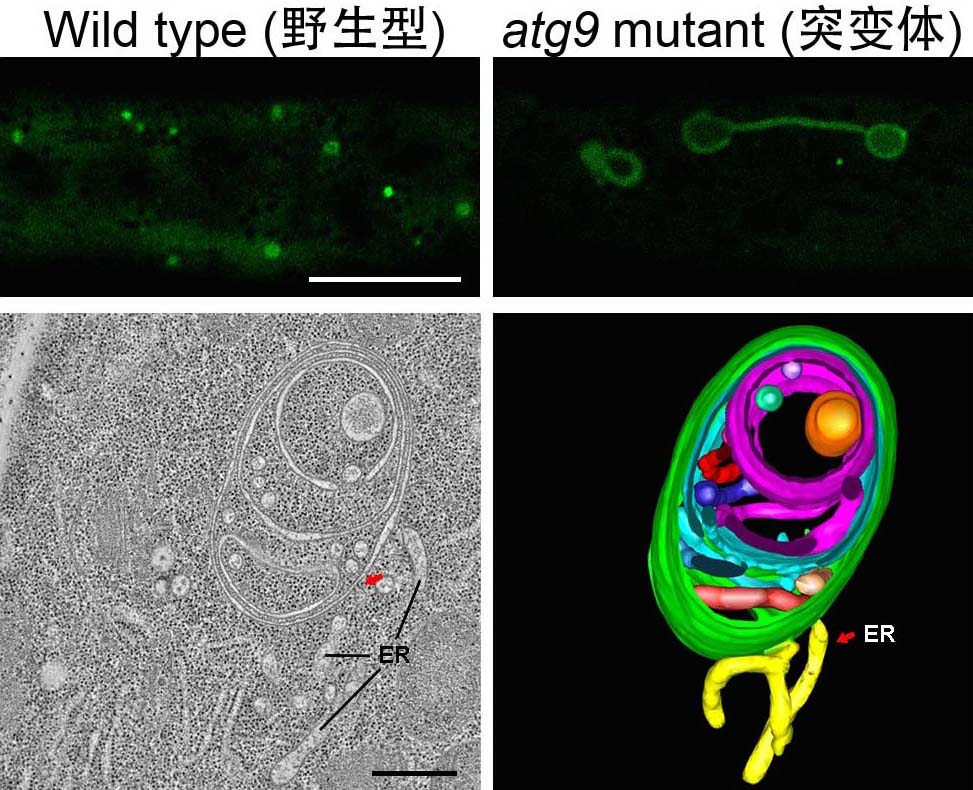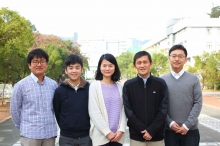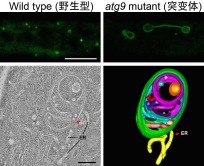CUHK
News Centre
Major Progress Made in Plant Autophagy Research by CUHK Researchers Published in PNAS
A team of researchers at The Chinese University of Hong Kong (CUHK) led by Professor JIANG Liwen, Choh-Ming Li Professor of Life Sciences, has recently made a major breakthrough in revealing the mechanism of plant autophagy pathway. They have discovered the membrane origin of autophagosome in plants, providing new insight into improving crop quality. The results have been published in Proceedings of the National Academy of Sciences (PNAS).
Autophagy is a conserved degradation process in eukaryote and plays important roles in various cellular events. It protects the cells against stress conditions and pathogen infection. Yoshinori Ohsumi, winner of 2016 Nobel Prize in Physiology or Medicine, was recognized for his discoveries of mechanisms for autophagy.
During the process of autophagy, a unique double membrane organelle called autophagosome will be formed for targeting cargoes into the vacuole/lysosome for degradation or recycling. During the past decades, a fundamental question puzzling scientists in the autophagy field is the membrane origin of the autophagosome. Plant cells contain most core Autophagy (ATG) proteins while their molecular mechanism is a relative unknown. ATG9 is the only membrane protein in the core ATG machinery and has long been considered as one contributor to the autophagosome membrane.
Professor Jiang’s research team has been working on the underlying mechanisms of protein transport and organelle biogenesis in plant cells for more than 16 years at CUHK, and has been internationally recognized as a leading group in the field of plant cell biology. In the recent study published as a PNAS Plus paper, his research team uncovered a unique role of ATG9 protein in meditating autophagosome progression from the ER (endoplasmic reticulum) membrane, thus providing a direct evidence for the ER as the site of autophagosome initiation in plants.
One major challenge in studying autophagosome biogenesis is the lack of morphologically informative visualization on the correlation between the early autophagosomal structures and membrane sources in real-time and in three dimensions (3D). By utilizing a combination of in vivo real-time imaging, 3D tomographic reconstruction, and genetic approaches, the research results demonstrate that in contrast to the ATG9 protein in yeast and animal cells, dysfunction of ATG9 in plant cells leads to the formation of abnormal autophagosome-related tubules, uncovering a unique role of ATG9 for autophagosome biogenesis from ER in plant cells.
Professor Jiang said, ‘This discovery has far reaching implications for enhancing agricultural productivity. Since ATG9 is conserved among higher eukaryotic cells, such as rice, maize and soybean, further research on the molecular mechanism of plant autophagy pathway will provide new insight into how to improve crop quality to overcome stress environment or pathogen infection, which has become a serious problem in agriculture.’
This study was mainly carried out by two postdoctoral fellows (Drs. ZHUANG Xiaohong and CUI Yong) and a Ph.D. student (Mr. CHUNG Kin Pan) in Professor Jiang’s laboratory, in collaboration with Prof. Byung-ho KANG, an expert in 3D Tomography TEM analysis. The project was supported by the Areas of Excellence (AoE) Scheme and Collaborative Research Fund of the Hong Kong Research Grants Council, as well as the AoE Centre for Organelle Biogenesis and Function, Centre for Cell and Developmental Biology, and State Key Laboratory of Agrobiotechnology (Partner Laboratory in The Chinese University of Hong Kong) of CUHK.
Graduate students and postdoctoral researchers supervised by Professor Jiang’s have received many prestigious awards for their research excellence, including CUHK Young Scholars Dissertation Award (twice), Postgraduate Research Output Award (four times), Keystone Symposium Scholarship USA (twice) and Human Frontier Science Program Long-Term Fellows (twice), as well as the Thousand Talent Plan of China (twice).
A research team led by Prof. Liwen Jiang of School of Life Sciences sheds new light on the essential role of ATG9 in plant autophagosome membrane initiation. From Left: Prof. Byung-Ho KANG; Mr. Kin Pan CHUNG; Dr. Xiaohong ZHUANG; Prof. Liwen JIANG and Dr. Yong CUI.







